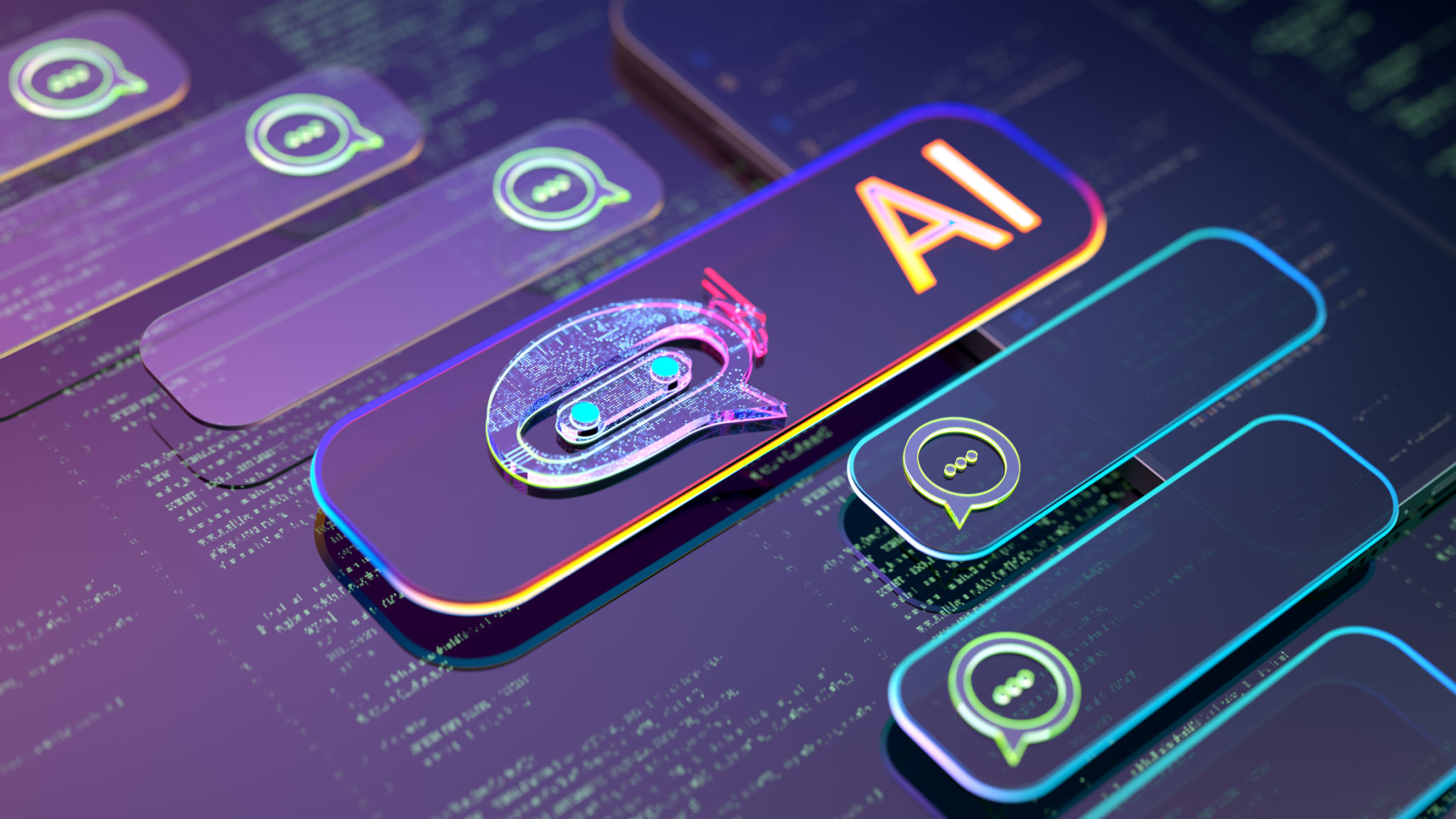Debunking Common Myths About AI Chatbots in Customer Service
Introduction to AI Chatbots
AI chatbots are revolutionizing the way businesses handle customer service. With their ability to provide instant responses and 24/7 availability, they are becoming an essential tool in the customer service arsenal. However, despite their growing popularity, several myths and misconceptions still surround their use. In this blog post, we aim to debunk some of the most common myths about AI chatbots in customer service.

Myth 1: AI Chatbots Are Impersonal
A prevalent myth about AI chatbots is that they lack the personal touch of human interaction. However, modern chatbots are designed to deliver a personalized experience by using natural language processing and machine learning. These technologies enable chatbots to understand customer queries and respond in a way that mimics human conversation. Additionally, they can remember past interactions, allowing them to offer more tailored responses over time.
Personalized Customer Experiences
AI chatbots can be programmed to greet customers by name, recall previous interactions, and even suggest products based on past purchases. This level of personalization not only enhances the customer experience but also makes the interaction feel more genuine and less robotic.
Myth 2: AI Chatbots Cannot Handle Complex Queries
Another common misconception is that AI chatbots are only capable of handling simple, routine queries. While it is true that chatbots excel at handling straightforward questions, advancements in AI technology have significantly improved their ability to process more complex inquiries. With the integration of advanced algorithms and continuous learning, chatbots can now understand nuanced questions and provide appropriate solutions.

Escalation to Human Agents
In situations where a query is beyond the chatbot's capabilities, it can seamlessly transfer the conversation to a human agent. This ensures that customers receive the assistance they need without any disruption in service. The ability to recognize when human intervention is required is a testament to the sophistication of modern AI chatbots.
Myth 3: AI Chatbots Will Replace Human Jobs
There is a widespread fear that the rise of AI chatbots will lead to job losses in the customer service industry. However, the reality is that chatbots are designed to complement human agents rather than replace them. By handling routine inquiries, chatbots free up human agents to focus on more complex and value-added tasks, ultimately enhancing overall service quality.
Enhancing Human Roles
Instead of eliminating jobs, AI chatbots can create opportunities for upskilling and career advancement within organizations. As employees are relieved from repetitive tasks, they can be trained to handle more complex issues or take on roles that require a higher level of expertise and customer interaction.

Myth 4: Implementing AI Chatbots Is Expensive and Complicated
The perception that implementing AI chatbots is a costly and complex process deters many businesses from adopting this technology. In reality, there are numerous affordable chatbot solutions available today that cater to businesses of all sizes. Many chatbot platforms offer user-friendly interfaces with drag-and-drop functionalities, making it easy for companies to design and deploy their own chatbots without extensive technical expertise.
Cost-Effective Solutions
By investing in AI chatbots, businesses can actually reduce operational costs in the long run. Chatbots handle high volumes of inquiries simultaneously without the need for additional staffing costs, making them a cost-effective solution for scaling customer service operations.
Conclusion
AI chatbots have come a long way in transforming customer service experiences. By debunking these common myths, we hope to encourage more businesses to explore the potential of AI chatbots. As technology continues to evolve, the role of chatbots in customer service will undoubtedly expand, offering even greater efficiencies and enhancements in customer interaction.
